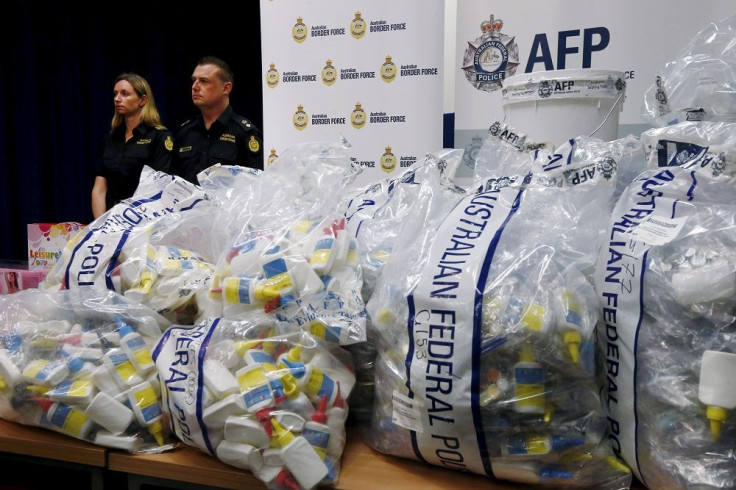Aussie meth users triple in 5 years to 268,000, mostly in 15 to 24 age group
Authorities push for early intervention to prevent repeat of heroin addiction in 1990s

More Australians have been using ice, or methamphetamines, in the past five years. Data from the National Drug and Alcohol Research Centre estimates that regular and dependent users have reached 268,000 people, up from 90,000 in 2011.
The estimate is based on number of people who sought treatment, says Dr Sarah Larney, one of the authors of the study published in the Medical Journal of Australia. Larney points to the 15 to 24 age group as the one which registered more than double the number of meth users to 59,000 from 21,000 in 2011.
Larney says members of that age group are new crystal users which is alarming because of their young age. The study dashes previous discussion that existing users just upped their use of ice. “But this data suggests that there is a new, young population initiating methamphetamine use and developing regular and dependent use, and the harms associated with that,” Larney points out, quotes ABC.
It is the first time that increases across different age groups were quantified, Larney adds. However, she says the survey opens the door to early intervention to prevent these young Aussies from becoming dependent and regular users of methamphetamine.
Meth use is addicting and causes impaired memory, delusions, psychosis, paranoia, hallucinations and aggression. The rise in number of meth addicts have caused some Australian families to look for drug treatment programmes overseas because of the long line of waiting list in Aussie rehab facilities, reports News.com.au.
Matt Noffs from the Ted Noffs Foundation, based in New South Wales, agrees with Larney that more preventive work is need to prevent a repeat of the situation in the 1990s who tried heroin when they were teens then and are still users until now. He says there is a need for further research and better targeting of their services.
He recommends coalface-residential programmes and day programmes to address the growing drug use in Australia and to address broader issues such as education and youth unemployment which are essential parts of the solution to the problem.






